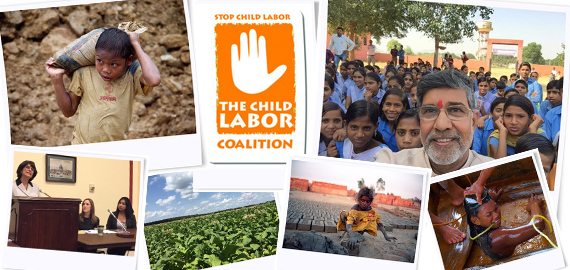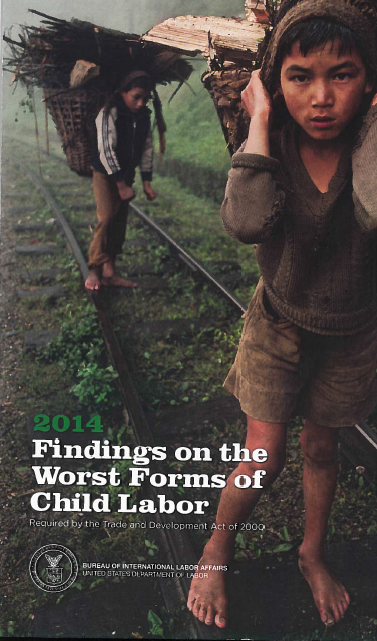Labor Day’s dark reality: The alarming rise in child labor in America (Op-ed by NCL CEO Sally Greenberg was first published in USA Today, Sep 2, 2024)
 By Sally Greenberg, CEO of the National Consumers League and Chair of the Child Labor Coalition
By Sally Greenberg, CEO of the National Consumers League and Chair of the Child Labor Coalition
It may seem counterintuitive to suggest that, on Labor Day, we devote our attention to a subset of the American population who should not be working, or at least not working in jobs that are entirely inappropriate for them.
According to the Department of Labor, the number of minors involved in documented child labor violations (not including the ones that are never reported) increased a mind-boggling 472 % between 2015 and 2023, with teenagers working late night shifts, too many hours, and working in hazardous environments. It can be speculated that, as labor shortages have worsened in this country, employers are turning to those under 18 to fill those gaps.
It’s not supposed to be this way.
Back in the early 20th-century industrialization era, children made up a large portion of the labor force in factories and mines. This led to inhumane abuses and demands by groups like the National Consumers League to institute legal protections. Congress responded by passing the Fair Labor Standards Act (FLSA) of 1938, which, among other provisions, limited the number of hours a minor could work, reduced their exposure to unsafe jobs, and ensured they didn’t have to work during the hours they should be in school.
This was a historic achievement for the National Consumers League, now celebrating its 125th anniversary. However, it’s a bitter reality that the organization is once again having to make child labor reforms an urgent priority.
Despite the safeguards of the FLSA, recent news reports highlight the alarming rise of child labor violations across the U.S., accompanied by a predominantly Republican and industry-led effort to attack state labor laws with the goal of weakening the FLSA. Over the past three years, twenty-eight states have introduced legislation undermining crucial protections for child laborers.
What is incomprehensible is that, instead of trying to correct a situation that is so obviously wrong, efforts have been made to weaken restrictions on hazardous work for teenagers and to extend the number of hours they can be called upon to work. Instead of trying to protect children, lawmakers are answering the calls of industry to make it easier for them to be exploited.
Children fall asleep in school today because they’ve come straight to class from working graveyard shifts. Teachers have contacted authorities when they found chemical burns on students’ limbs. A teenager had to have both legs amputated after an industrial accident while working for a construction company. And, most recently, a 16-year-old was electrocuted while working a roofing job.
We implore lawmakers to toughen existing penalties for employers who choose to ignore the law and exploit and endanger children.
On this Labor Day, it is right and necessary to ask our policymakers to renew their commitment to the health, safety, and well-being of all our children and recognize their value as a part of this country’s future instead of as a cheap source of labor.
###
About the National Consumers League (NCL)
The National Consumers League, founded in 1899, is America’s pioneer consumer organization. Our mission is to protect and promote social and economic justice for consumers and workers in the United States and abroad. For more information, visit nclnet.org.



 By Child Labor Coalition Intern Jacqueline Aguilar
By Child Labor Coalition Intern Jacqueline Aguilar
















